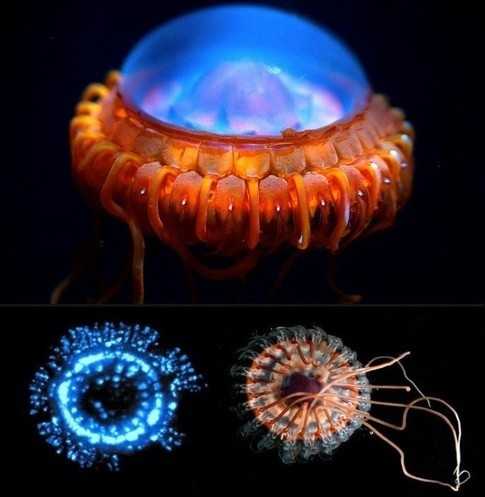The Alarm Jellyfish: Ocean’s Bioluminescent Sentinel with a Flashing Defense MechanismThe alarm jellyfish, scientifically known as Atolla wyvillei, is a deep-sea marvel renowned for its spectacular bioluminescent display—a natural defense strategy that earned it the nickname "alarm bell of the ocean." Found in mesopelagic and bathypelagic zones worldwide, this gelatinous creature has evolved a unique way to survive in the dark abyss by turning predation threats into the ultimate warning signal.
June 23, 2025, 1:37 pm EDT










